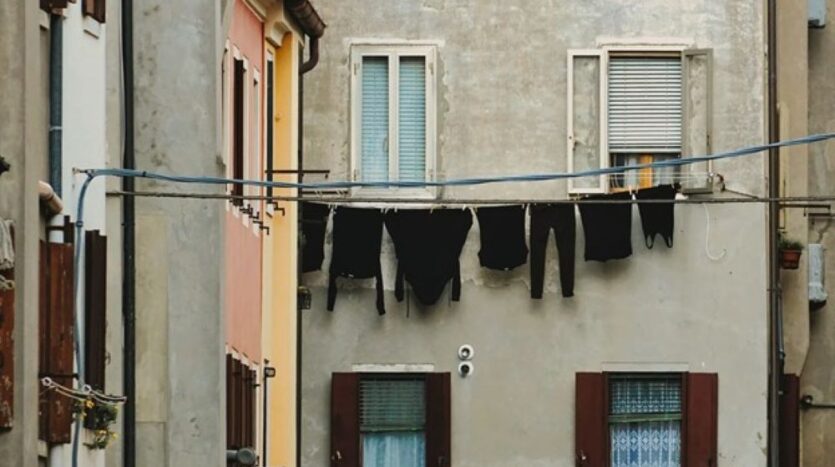Replacing Windows at Home: Essential Tips to Follow
Replacing windows is one of the most impactful home improvement projects a homeowner can undertake. Not only can it enhance your home’s energy efficiency and aesthetics, but it can also improve comfort and increase property value. However, replacing windows involves many decisions, from choosing the right materials to ensuring proper installation. By following these essential tips, you can navigate the process confidently and make the most of your investment.
Assess Your Needs and Goals
Before you start replacing your windows, it’s important to determine your primary goals. Are you looking to enhance the visual appeal of your home, improve energy efficiency, or eliminate drafts and leaks? Identifying your objectives will guide your decision-making and help you prioritize features.
For instance, if energy efficiency is a priority, you might consider double- or triple-pane windows with low-emissivity (low-E) glass coatings. These options provide excellent insulation, reducing heat loss in winter and heat gain in summer. Alternatively, if aesthetics are your focus, you might opt for bay windows or customized designs to complement your home’s style. Being clear about your goals ensures you choose windows that meet your specific needs.
Rely on Local Professionals
Replacing windows is not a simple DIY project. Choosing a reputable local contractor is vital to achieving high-quality results. Local professionals have an intimate understanding of your area’s climate, building codes, and architectural styles, ensuring that your windows are well-suited for your home. Whether you need a Sterling home window replacement, or replacements in Columbus, partnering with local experts ensures personalized service and guidance. They can recommend materials that perform well in your climate and styles that match the aesthetics of your neighborhood. Additionally, local contractors are often familiar with regulations and permitting processes, saving you time and potential headaches during installation.
Prioritize Energy Efficiency
Energy-efficient windows are one of the most popular upgrades for homeowners. Not only do they help lower heating and cooling costs, but they also create a more comfortable living environment by reducing drafts and hot spots.
When shopping for windows, look for the Energy Star label, which indicates that the windows meet strict energy performance criteria. Take note of the Solar Heat Gain Coefficient (SHGC) and U-factor ratings:
U-factor: Measures the window’s insulation ability. Lower values indicate better performance.
SHGC: Measures how much solar heat the window lets in. Depending on your climate, a higher or lower SHGC may be ideal.
Features such as insulated frames, gas-filled panes, and advanced weatherstripping further enhance energy efficiency, making them excellent choices for homeowners seeking long-term savings.
Understand Window Materials
The material of windows has a significant impact on their overall performance, durability, and maintenance requirements. Common materials include wood, vinyl, fiberglass, and aluminum. Each material offers unique benefits and considerations:
- Wood: Known for its timeless appeal, wood windows provide excellent insulation and are highly customizable. To avoid rot and warping, they must be maintained regularly.
- Vinyl: Popular for its affordability and low maintenance, vinyl is resistant to moisture and does not require painting. It’s a great choice for budget-conscious homeowners.
- Fiberglass: Durable and energy-efficient, fiberglass windows resist warping and perform well in extreme climates. They tend to be more expensive but require minimal maintenance.
- Aluminum: Lightweight and strong, aluminum windows suit modern designs but may not insulate as well as other materials.
You may choose the one that best fits your demands and budget by weighing the advantages and disadvantages of each material.
Focus on Proper Installation
Even the most expensive windows won’t perform effectively if they’re installed improperly. Poor installation can result in air leaks, water damage, and reduced energy efficiency. Hiring experienced professionals ensures the job is done correctly and prevents costly issues down the line.
Proper installation involves precise measurements, careful removal of old windows, and sealing the new ones to prevent gaps. Experienced installers also ensure your windows align with your home’s structure, contributing to a seamless appearance and optimal functionality. Skimping on installation might save money upfront but can lead to expensive repairs later.
Evaluate Aesthetic Impact
Windows are a prominent architectural feature, so their style and design should harmonize with your home’s overall look. From sleek, modern frames to classic, grid-paneled designs, there are countless options to choose from.
Think about the visual impact you want to achieve. For a minimalist, contemporary home, consider large picture windows or sliding glass doors. In contrast, traditional homes might benefit from double-hung or casement windows with decorative grids. Customization options such as frame colors, finishes, and hardware also allow you to tailor your windows to your style.
Plan for Maintenance and Durability
The maintenance requirements of your windows depend on their material and design. Wood windows, for instance, may need regular sealing or painting to maintain their appearance and functionality. On the other hand, vinyl and fiberglass windows are virtually maintenance-free, requiring only occasional cleaning.
Choosing a durable material can save you time and money in the long run. For example, fiberglass windows are highly resistant to warping, fading, and cracking, making them a durable option for homeowners in extreme climates. Keep maintenance in mind when selecting your windows to ensure they remain in excellent condition for years.
Explore Customization Options
Customization allows you to create windows that reflect your unique preferences and enhance your home’s character. From decorative glass panels to specialty shapes, the possibilities are endless.
Consider features that align with your goals. If privacy is a concern, frosted or tinted glass may be ideal. For improved ventilation, awning or casement windows offer excellent airflow. By tailoring your windows to your specific needs, you can ensure they serve both functional and aesthetic purposes.
Leverage Rebates and Incentives
Replacing your windows is a significant investment, but many homeowners can offset costs through rebates and incentives. Governments and utility companies often provide financial incentives for upgrading to energy-efficient windows.
Research available programs in your area and ensure your new windows meet the eligibility criteria. Your contractor can help you navigate these opportunities, maximizing your savings while reducing your environmental footprint.
Think Long-Term
While upfront costs are important, it’s also essential to consider the long-term value of your investment. High-quality, energy-efficient windows may cost more initially, but their durability, reduced energy bills, and low maintenance needs can save you money over time.
Additionally, replacing windows can significantly enhance your home’s resale value. Energy efficiency and modern design are attractive features for potential buyers, making your property more competitive in the real estate market.
Replacing windows is more than a home improvement project; it’s a chance to enhance your home’s comfort, functionality, and appearance. By prioritizing professional installation, energy efficiency, and aesthetic harmony, you can enjoy a rewarding and enduring investment. This thoughtful approach ensures your windows will meet your needs, stand the test of time, and transform your home for the better.










